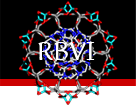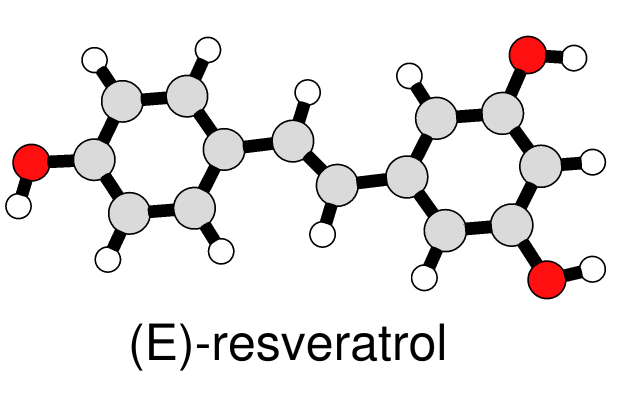

 about
projects
people
publications
resources
resources
visit us
visit us
search
search
about
projects
people
publications
resources
resources
visit us
visit us
search
search
Quick Links
Recent Citations
Crystal structures of agonist-bound human cannabinoid receptor CB1. Hua T, Vemuri K et al. Nature. 2025 Oct 16;646(8085):754–758.
Docking for Smoothened antagonist chemotypes not susceptible to a vismodegib-resistance mutation. Titulaer WHC, Klindert S et al. Eur J Med Chem. 2025 Oct 15;296:117753.
Mechanism of DNA targeting by human LINE-1. Jin W, Yu C et al. Science. 2025 Oct 9;390(6769):eadu3433.
GCN1 couples GCN2 to ribosomal state to initiate amino acid response pathway signaling. Zhou C, Zhang M et al. Science. 2025 Oct 2;390(6768):eads8728.
Elucidating the structure and assembly mechanism of actinoporin pores in complex membrane environments. Arranz R, Santiago C et al. Sci Adv. 2025 Sep 26;11(39):eadv0683.
Previously featured citations...Chimera Search
Google™ SearchNews
September 22, 2025
Mac users may wish to defer upgrading to MacOS Tahoe. Currently on that OS the Chimera graphics window is shifted so that it covers the command and status lines.
March 6, 2025
Chimera production release 1.19 is now available, fixing the ability to fetch structures from the PDB (details...).
December 25, 2024

|
Upcoming Events

UCSF Chimera is a program for the interactive visualization and analysis of molecular structures and related data, including density maps, trajectories, and sequence alignments. It is available free of charge for noncommercial use. Commercial users, please see Chimera commercial licensing.
We encourage Chimera users to try ChimeraX for much better performance with large structures, as well as other major advantages and completely new features in addition to nearly all the capabilities of Chimera (details...).
Chimera is no longer under active development. Chimera development was supported by a grant from the National Institutes of Health (P41-GM103311) that ended in 2018.
Feature Highlight

A simple, line-drawing-like appearance can be achieved by combining black silhouette edges with flat, ambient-only lighting. The image at left of a small molecule in ball-and-stick style can be generated with a few Chimera commands. The same visual effects can be applied to ribbons and other representations, as shown in Neuraminidase Flowers and other Image Gallery entries.
(More features...)Gallery Sample

The image shows the structure of the human TRPA1 ion channel (wasabi receptor) determined by electron cryo-microscopy, Protein Data Bank entry 3j9p. The four subunits of the tetramer are shown as ribbons in different colors over a dark-to-light gradient background. (More samples...)
About RBVI | Projects | People | Publications | Resources | Visit Us
Copyright 2018 Regents of the University of California. All rights reserved.